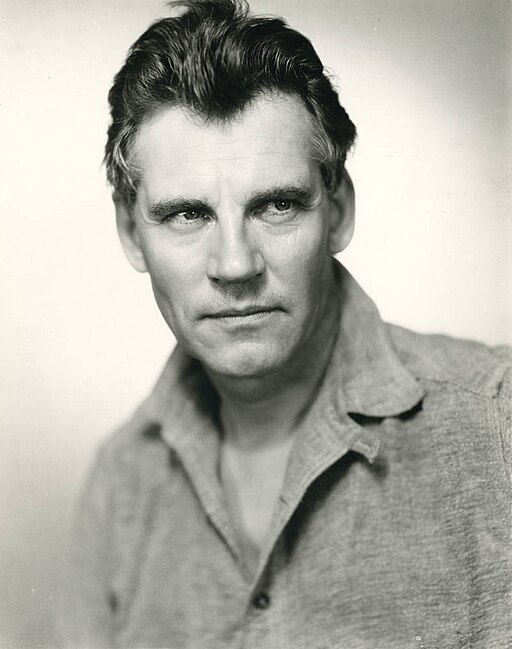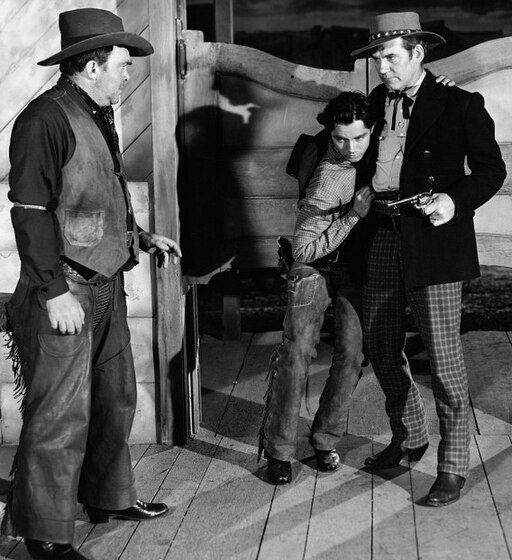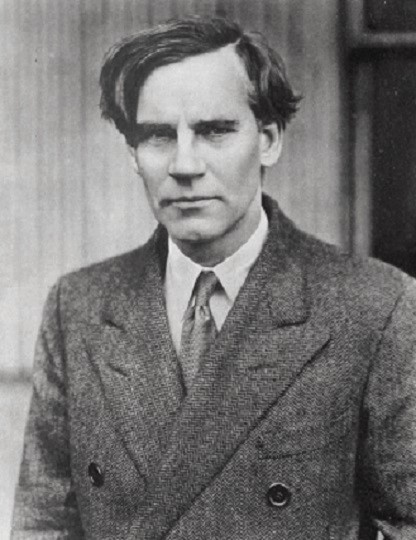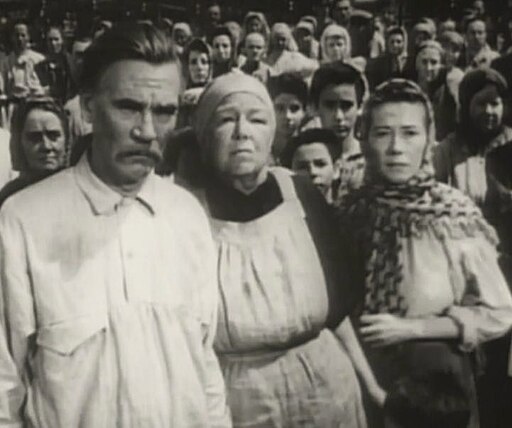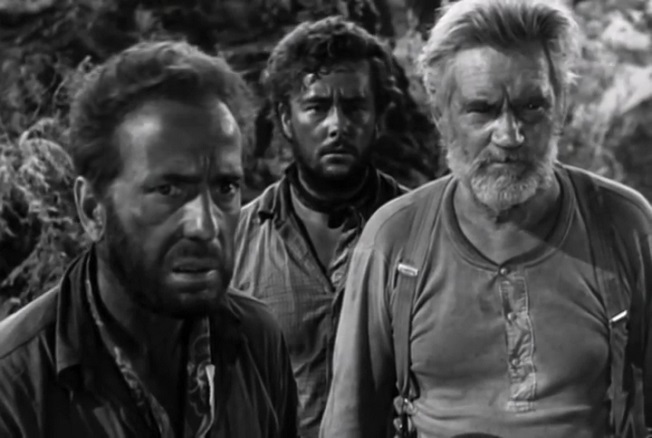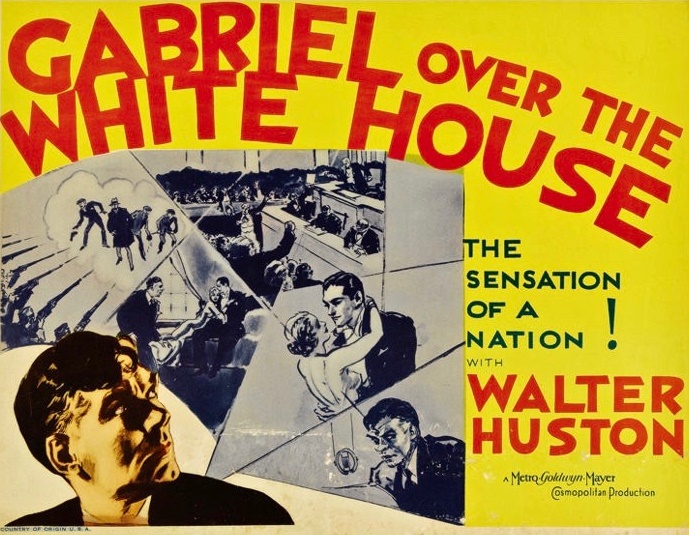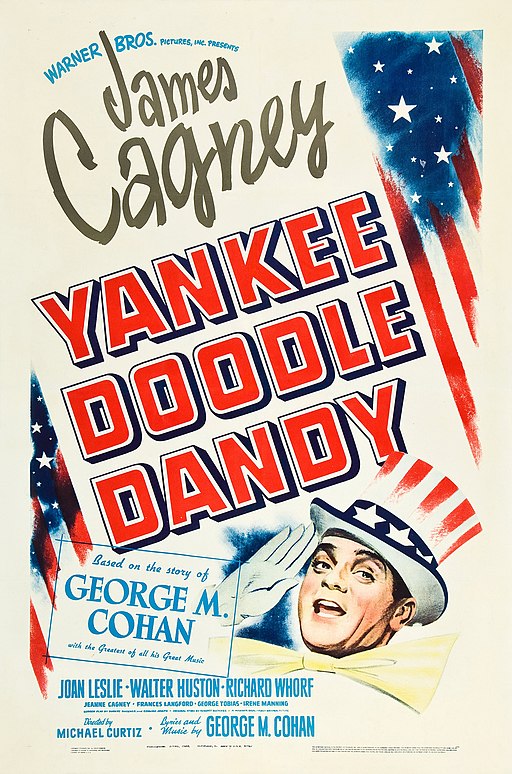Walter Huston
back| Full Name | Walter Thomas Huston |
| Stage Name | Walter Huston |
| Born | April 5, 1883 |
| Birthplace | Toronto, Ontario, Canada |
| Died | April 7, 1950 |
| Buried | Belmont Memorial Park, Fresno, California, USA |
| Married to | Rhea Gore (m. 1904–1912) - Bayonne Whipple (m. 1915–1924) - Ninetta (Nan) Sunderland (m. 1931 until his death in 1950) |
| Children | John Huston, acclaimed film director |
| Notable films | The Treasure of the Sierra Madre (1948) - Dodsworth (1936) - The Devil and Daniel Webster (1941) - Yankee Doodle Dandy (1942) |
Walter Huston
The Actor of Compelling Performances
Walter Huston's legacy in film is characterized by his ability to bring depth and authenticity to his roles, earning him a place among the legends of Hollywood's Golden Age.
His contributions to cinema were not only in the form of memorable performances but also through the continuation of his artistic lineage via his son, John Huston, and grandchildren, who have all made significant marks in the industry.
Related
Walter Huston (1883 – 1950)
Biography and Career Overview
Walter Huston, born Walter Thomas Huston on April 5, 1883, in Toronto, Ontario, Canada, was a luminary of the silver screen whose career left an indelible mark on the annals of American cinema. Huston's journey from the stages of Broadway to the glitz of Hollywood is a tale of talent, perseverance, and the relentless pursuit of artistic excellence.
Early Years and Path Towards Success
The son of a Scottish-Canadian and an Irish-Canadian, Huston's early life was steeped in the cultural richness and diversity of Toronto. Despite initially pursuing a career in engineering, the allure of the stage proved irresistible. Huston's foray into acting began in the vaudeville theaters and on the Canadian stage, where he honed his craft and developed a profound passion for performance.
Seeking broader horizons, Huston moved to the United States, where his stage career flourished. His Broadway debut came in 1924, and he quickly established himself as a formidable actor, known for his deep, resonant voice and commanding presence. His transition to film was seamless, and by the late 1920s, Huston had become a sought-after character actor in Hollywood.
Marriages and Personal Life
Walter Huston's personal life was as eventful as his career. He was married three times: first to Rhea Gore, a newspaper reporter, in 1904, with whom he had his only child, John Huston. His second marriage was to Bayonne Whipple in 1915, and after their divorce, he married Ninetta (Nan) Sunderland in 1931, who remained his wife until his death.
Huston's son, John, followed in his footsteps to become one of Hollywood's most renowned filmmakers, furthering the Huston legacy in cinema. Walter's relationship with his son was both personal and professional, culminating in their memorable collaboration on "The Treasure of the Sierra Madre," for which Walter won an Academy Award.
Passions
Beyond his acting career, Huston had a zest for life and a passion for the arts. He was an avid reader, appreciated music, and enjoyed the outdoors. His love for acting was paralleled by a commitment to authenticity in his performances, often immersing himself in the characters he portrayed.
Death and Cause of Death
Walter Huston's life came to a close on April 7, 1950, just two days after his 67th birthday. He died of an aortic aneurysm in Hollywood, California. His passing was mourned by fans and the film community alike, who had come to admire not only his work but the man himself. Huston was laid to rest at Belmont Memorial Park in Fresno, California, leaving behind a legacy that would endure through his films and the continued successes of his descendants in the industry.
Walter Huston's journey from a hopeful actor in Canada to an Academy Award-winning star in Hollywood is a testament to his talent, determination, and the impact one individual can have on the arts. His life story, marked by professional triumphs and personal endeavors, remains a source of inspiration for aspiring actors and a reminder of the golden age of cinema.
Walter Huston getting the Oscar for Best Supporting Actor in 1949:
His most Notable Movies:
1920s
- 1929, "The Virginian": In one of his earliest sound films, Huston plays Trampas, a villainous ranch hand in a conflict with the titular character, played by Gary Cooper, in this Western based on Owen Wister's novel.
1930s
- 1930, "Abraham Lincoln": Directed by D.W. Griffith, Huston stars as the 16th President of the United States, offering a dramatic account of Lincoln's life from his early years to his presidency during the Civil War.
- 1931, "The Criminal Code": Huston plays Mark Brady, a prison warden who believes in rehabilitation but faces moral dilemmas when dealing with prisoners under his care.
- 1932, "American Madness": In this film directed by Frank Capra, Huston portrays a bank president trying to survive the Great Depression while fighting off a bank run and internal corruption.
- 1933, "Gabriel Over the White House": Huston stars as a newly elected President who, after a near-fatal accident, wakes up with a new vision to tackle corruption and unemployment, leading the country with authoritarian vigor.
- 1936, "Dodsworth": Huston plays Sam Dodsworth, a retired auto manufacturer who travels to Europe with his wife, where their marriage faces crises. His portrayal earned him an Academy Award nomination for Best Actor.
- 1939, "The Light That Failed": Playing the role of Torpenhow, Huston stars in this adaptation of Rudyard Kipling's novel about a painter going blind, struggling with his art and personal relationships.
1940s
- 1941, "The Devil and Daniel Webster": Huston is Mr. Scratch (the Devil) who tries to claim the soul of a New Hampshire farmer in this adaptation of Stephen Vincent Benét's short story.
- 1941, "All That Money Can Buy": Another title for "The Devil and Daniel Webster," showcasing Huston's memorable performance as the devil in a moral tale about greed and redemption.
- 1942, "Yankee Doodle Dandy": Huston supports James Cagney's portrayal of George M. Cohan, playing Jerry Cohan, George's father, in this patriotic musical biopic.
- 1943, "Edge of Darkness": Huston appears as Dr. Martin Stensgard in this wartime drama about the resistance movement in a Nazi-occupied Norwegian fishing village.
- 1943, "Mission to Moscow": As Ambassador Joseph E. Davies, Huston portrays the true story of the U.S. Ambassador to the Soviet Union and his experiences in the prelude to World War II.
- 1948, "The Treasure of the Sierra Madre": In one of his most celebrated roles, Huston plays Howard, an old prospector who teams up with two Americans in Mexico to search for gold. Directed by his son, John Huston, Walter won the Academy Award for Best Supporting Actor.
1950s
- 1950, "The Furies": Huston's final film appearance, playing T.C. Jeffords, a wealthy cattle baron who clashes with his headstrong daughter, played by Barbara Stanwyck, in this Western drama.
Analysis of Walter Huston’s Style of Acting:
Walter Huston's acting style is a captivating blend of naturalism and intensity, marked by a profound depth of emotion and a commanding presence that captured audiences' attention both on stage and in film. His performances were characterized by a remarkable ability to convey complex human emotions with subtlety and realism, making him one of the most respected actors of his time and a pioneer in the transition from the theatrical acting style of the early 20th century to a more nuanced, naturalistic approach.
Naturalism and Realism
Huston was known for his naturalistic acting style, which was relatively rare in the early days of cinema when many actors employed a more theatrical and exaggerated mode of performance. He brought a sense of authenticity and believability to his roles, often immersing himself so deeply into his characters that audiences felt they were witnessing real-life individuals rather than fictional creations. This realism was a hallmark of his performances, enabling him to connect deeply with his audience.
Emotional Depth and Complexity
Huston had an extraordinary ability to portray a wide range of emotions, from vulnerability and sorrow to strength and determination. His performances were often layered, revealing the complexities and inner conflicts of his characters. In "Dodsworth" (1936), for example, his portrayal of Sam Dodsworth—an American automobile tycoon navigating personal and existential crises during a trip to Europe—demonstrated his skill at conveying the subtleties of a man caught between the allure of youth and the responsibilities of age.
Commanding Presence and Voice
His commanding screen presence was another defining feature of his acting style. Huston possessed a distinctive voice, deep and resonant, which he used to great effect, whether in dramatic monologues or in tender, intimate moments. His physicality, too, was a tool he employed masterfully, using posture and movement to express what words could not.
Versatility
Huston's versatility allowed him to excel in a variety of genres, from drama and romance to comedy and adventure. He could transition seamlessly from the role of a rugged prospector in "The Treasure of the Sierra Madre" (1948) to that of Abraham Lincoln in "Abe Lincoln in Illinois" (1940), showcasing his range and adaptability as an actor. His ability to inhabit each role so completely was a testament to his dedication to his craft and his understanding of the human condition.
Memorable Film Quotes from Walter Huston:
From "The Treasure of the Sierra Madre" (1948)
- Howard: "Badges? We ain't got no badges! We don't need no badges! I don't have to show you any stinking badges!"
- Note: This line, often misquoted, was actually delivered by Alfonso Bedoya, who played the bandit leader Gold Hat, but it's frequently associated with the film itself, which starred Huston.
- Howard: "We're going up into the mountains to look for gold. That gold doesn't belong to anybody. It belongs to the one who finds it."
From "Dodsworth" (1936)
- Sam Dodsworth: "Love has got to stop someplace short of suicide."
From "The Devil and Daniel Webster" (1941)
- Mr. Scratch: "I'm not the kind you have to wind up on Sundays."
Awards and Recognition:
Academy Awards (Oscars)
- 1936: Nominated for Best Actor for "Dodsworth"
- 1940: Nominated for Best Actor for "Abe Lincoln in Illinois"
- 1942: Nominated for Best Supporting Actor for "The Devil and Daniel Webster"
- 1949: Won Best Supporting Actor for "The Treasure of the Sierra Madre"
New York Film Critics Circle Awards
- 1948: Won Best Actor for "The Treasure of the Sierra Madre"
These awards and nominations underscore Huston's ability to bring a wide range of characters to life, from the ambitious and morally complex individuals in "Dodsworth" and "The Devil and Daniel Webster" to the iconic portrayal of an old prospector in "The Treasure of the Sierra Madre." His Oscar win, particularly for a film directed by his son, John Huston, was a testament to his profound impact on the film industry and his ability to captivate audiences with his performances.
List of all Movies featuring Walter Huston:
1920s
- 1929: "The Virginian"
1930s
- 1930: "The Bad Man"
- 1931: "The Criminal Code"
- 1931: "A House Divided"
- 1932: "Law and Order"
- 1932: "Night Court"
- 1932: "American Madness"
- 1932: "Kongo"
- 1933: "Gabriel Over the White House"
- 1933: "Ann Vickers"
- 1933: "Storm at Daybreak"
- 1933: "Hell Below"
- 1934: "Keep 'Em Rolling"
- 1935: "Transatlantic Tunnel" (also known as "The Tunnel")
- 1936: "Dodsworth"
- 1936: "Rhodes of Africa"
- 1937: "The Good Earth"
- 1938: "Of Human Hearts"
- 1939: "The Light That Failed"
1940s
- 1940: "Abe Lincoln in Illinois"
- 1941: "The Devil and Daniel Webster" (also known as "All That Money Can Buy")
- 1941: "The Shanghai Gesture"
- 1942: "Always in My Heart"
- 1942: "Yankee Doodle Dandy"
- 1943: "Edge of Darkness"
- 1943: "December 7th" (Short)
- 1944: "Dragon Seed"
- 1948: "Summer Holiday"
- 1948: "The Treasure of the Sierra Madre"
- 1949: "And Then There Were None"
- 1950: “The Furies”

